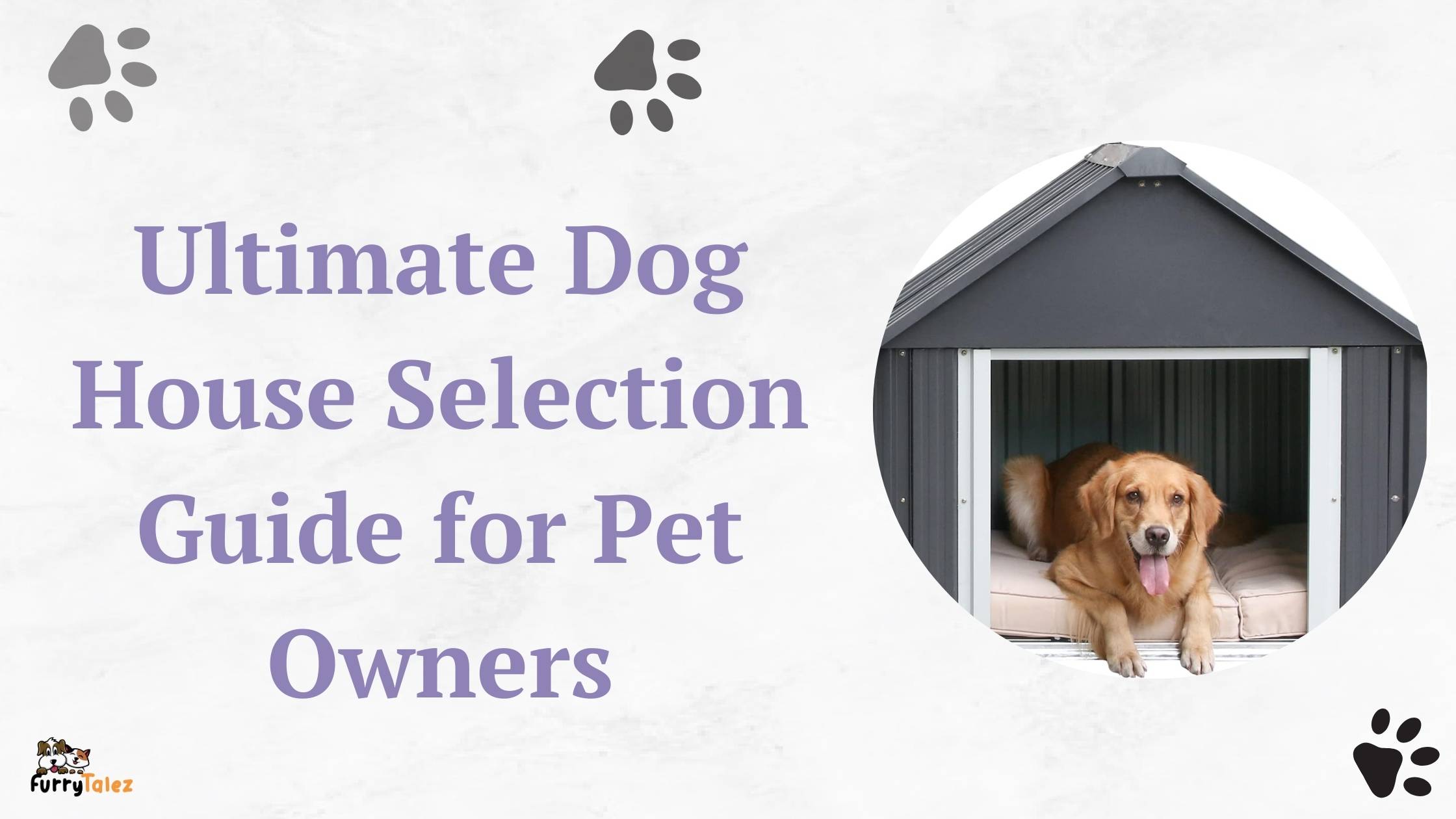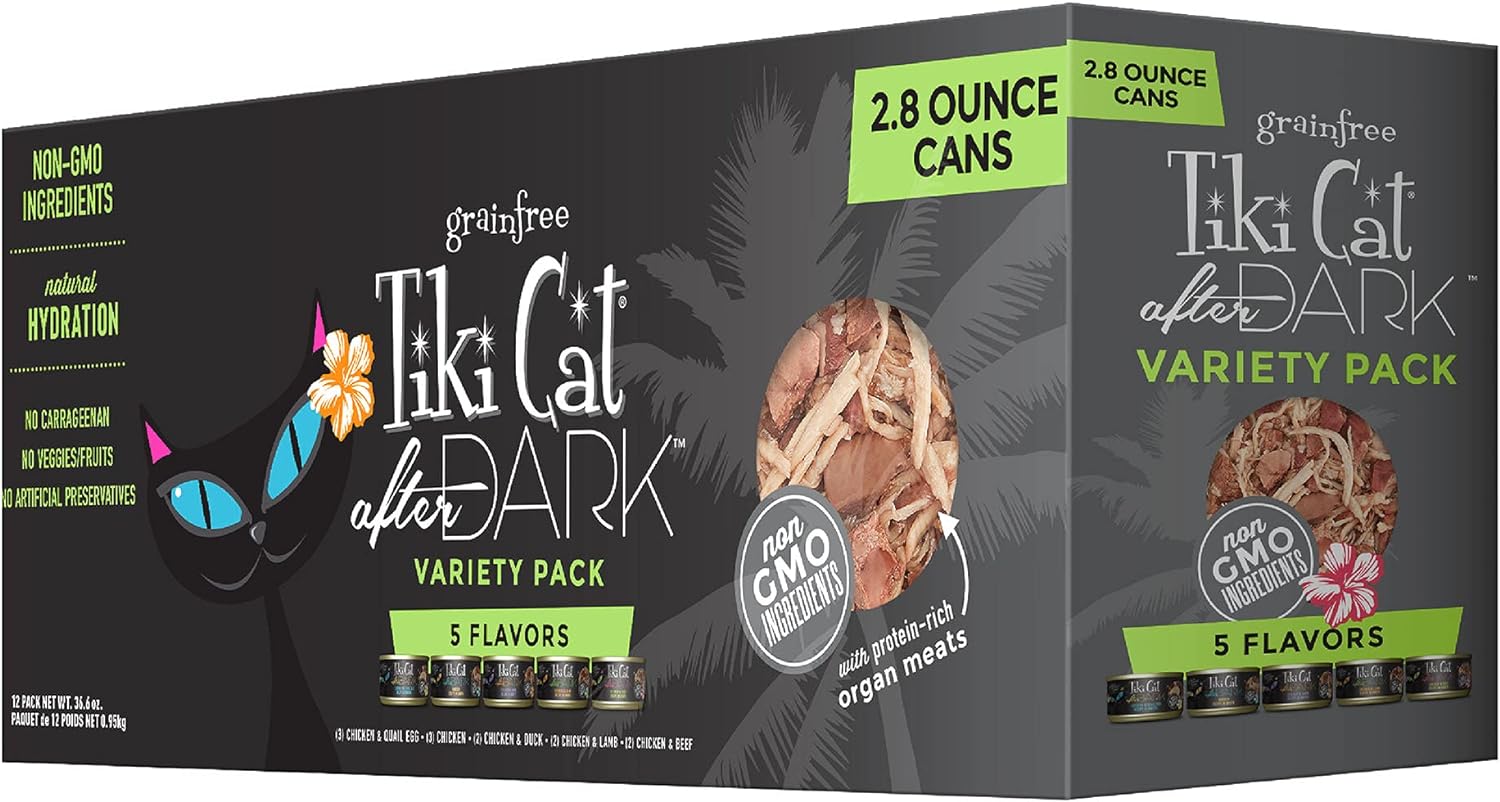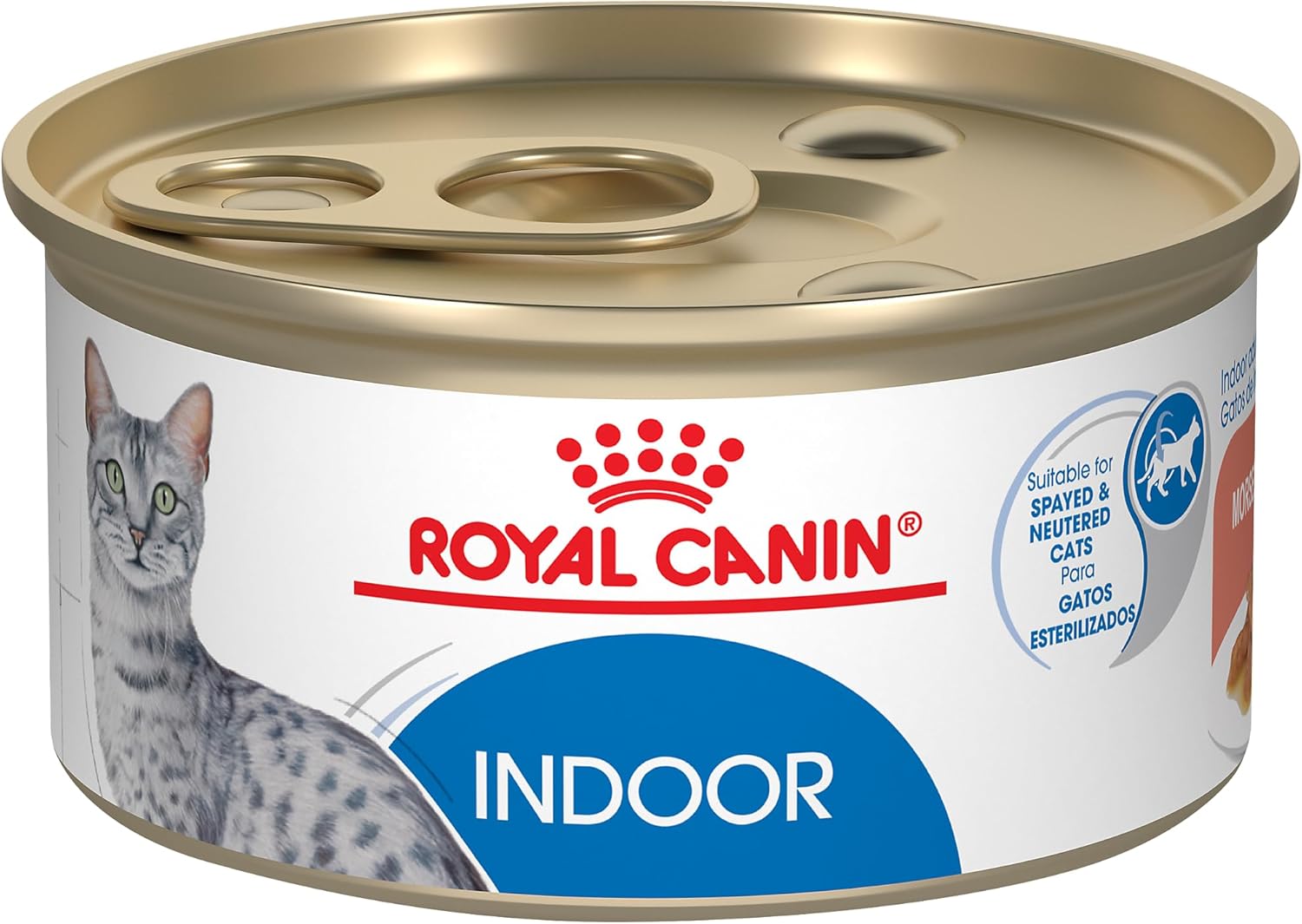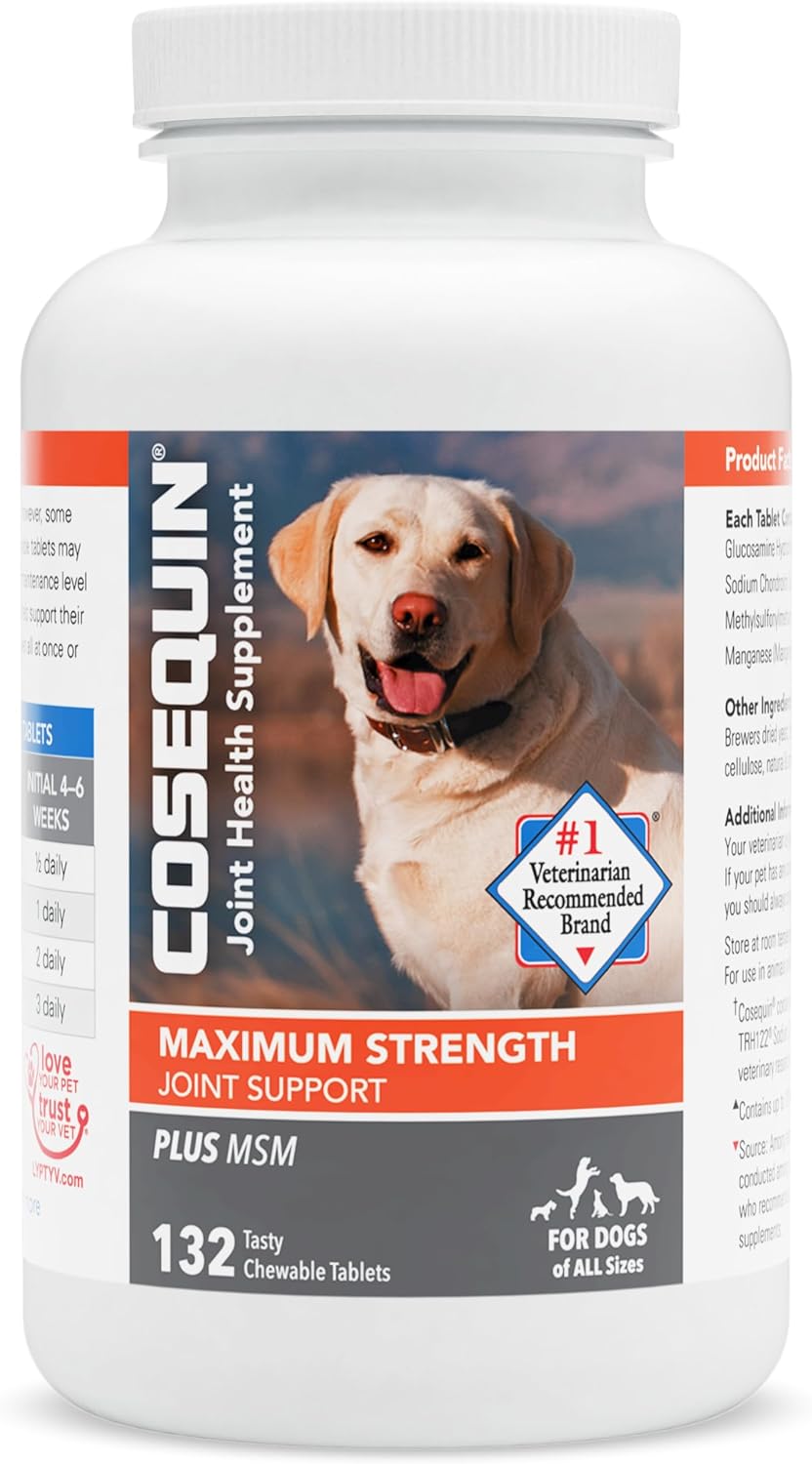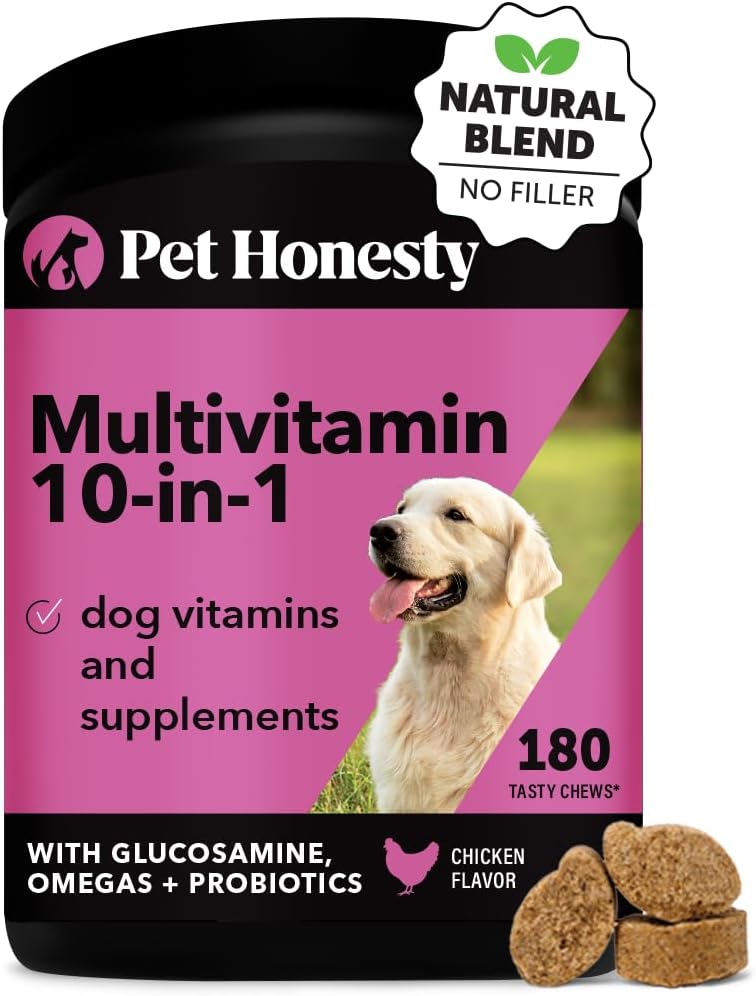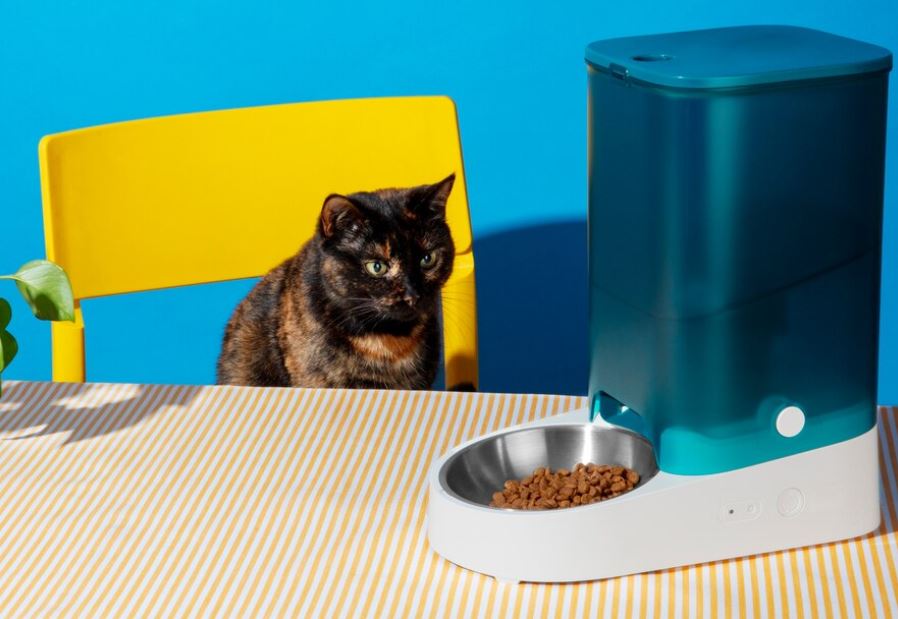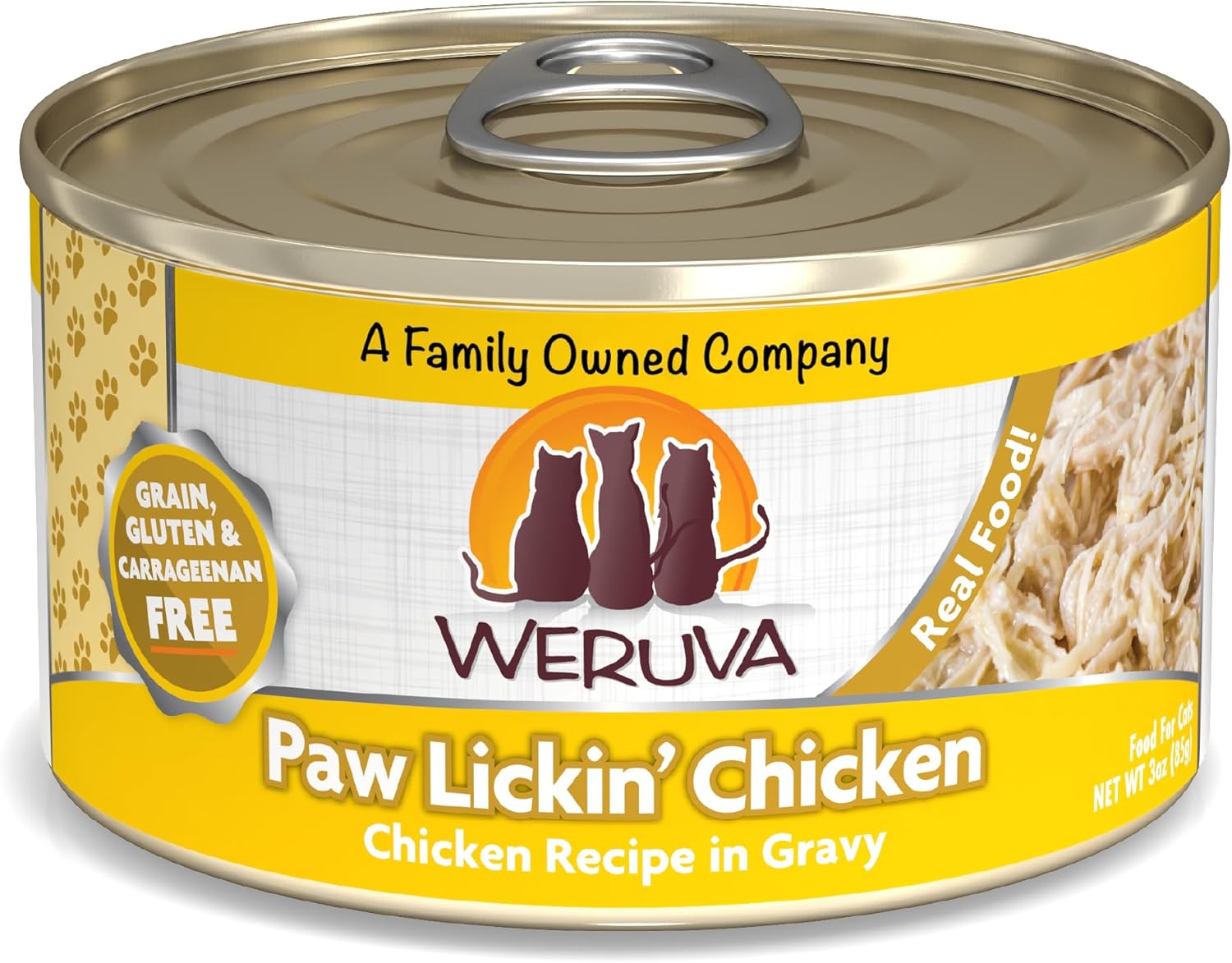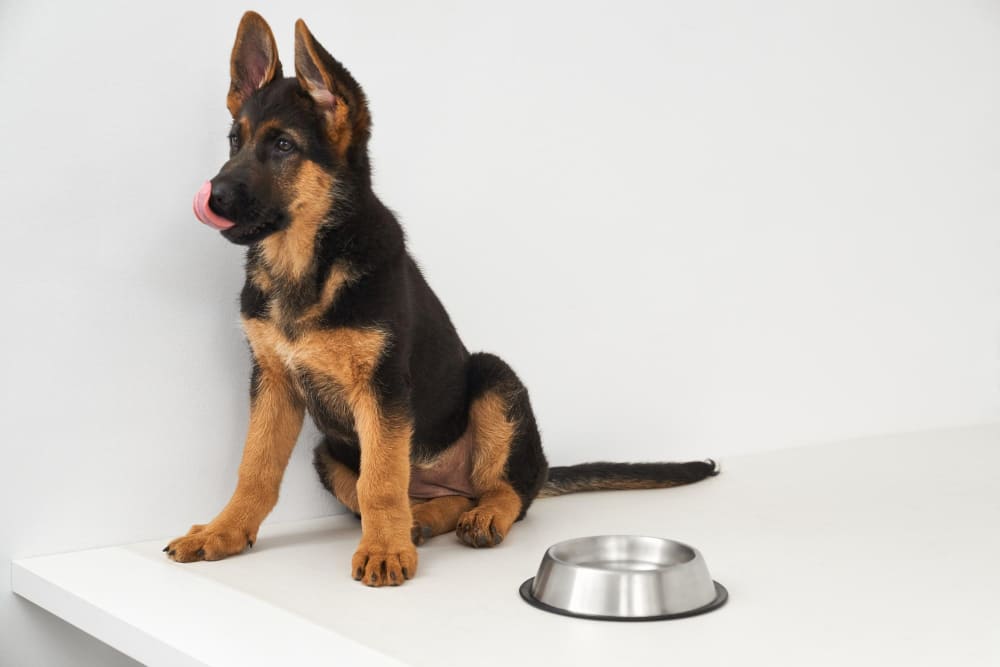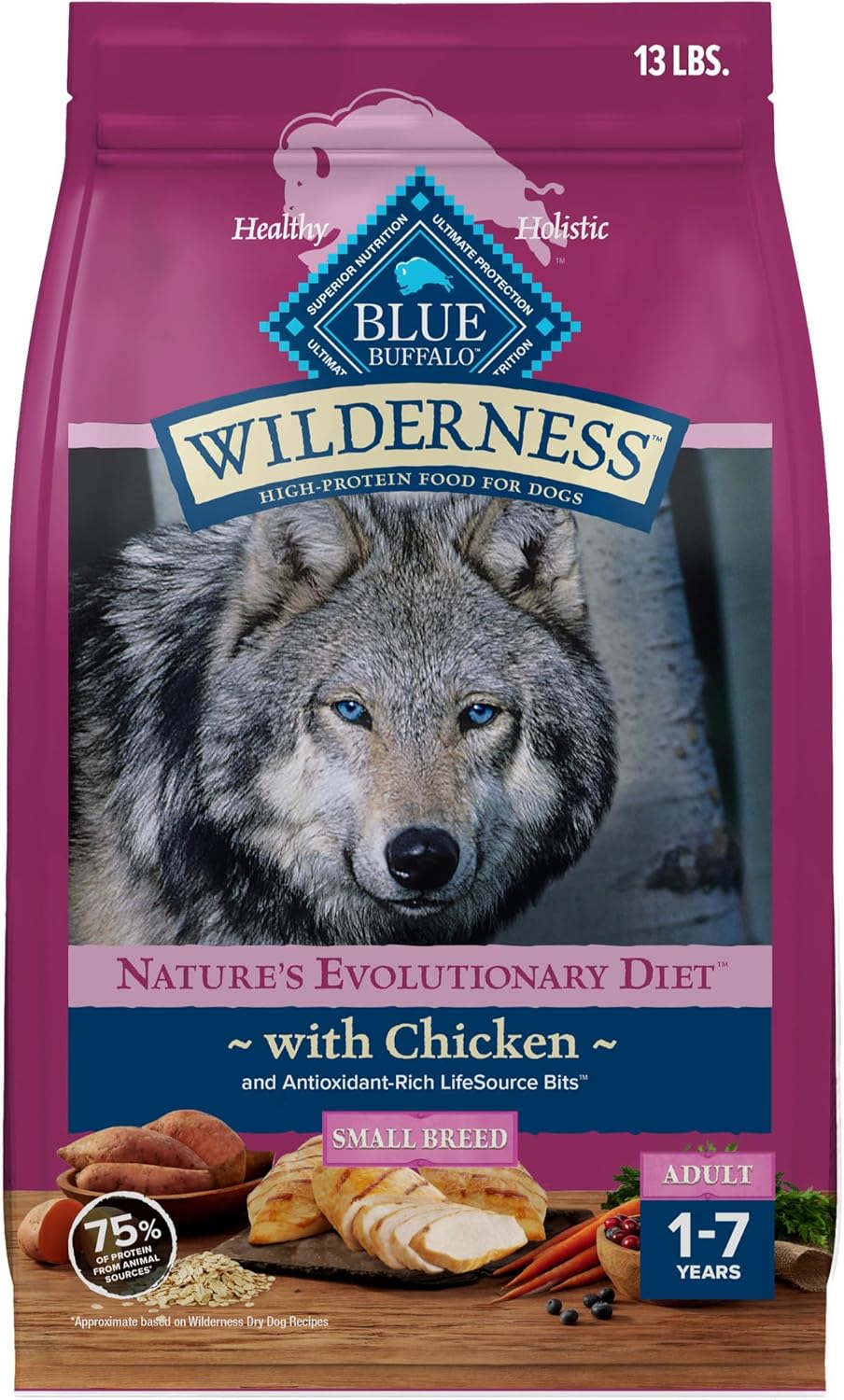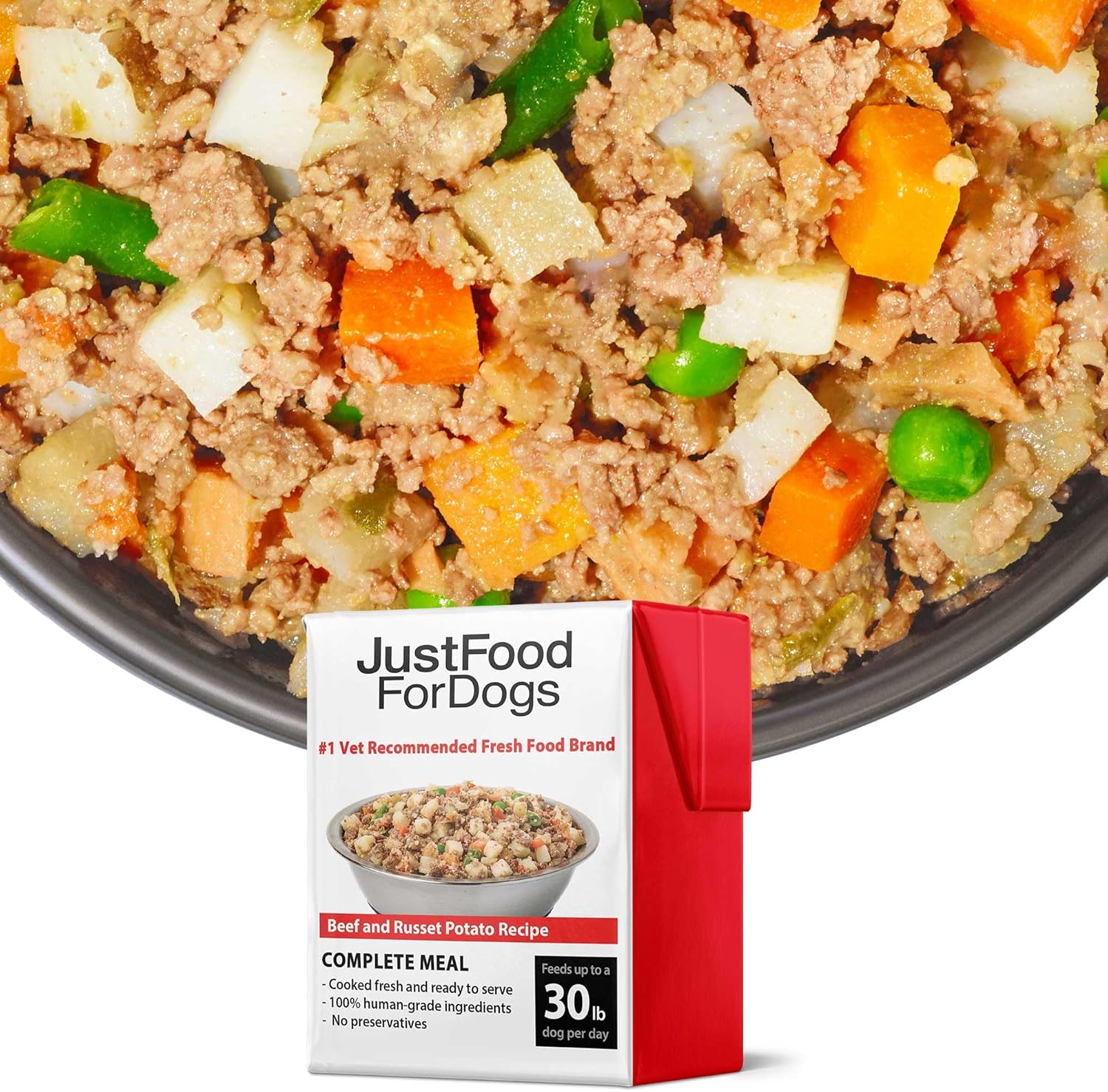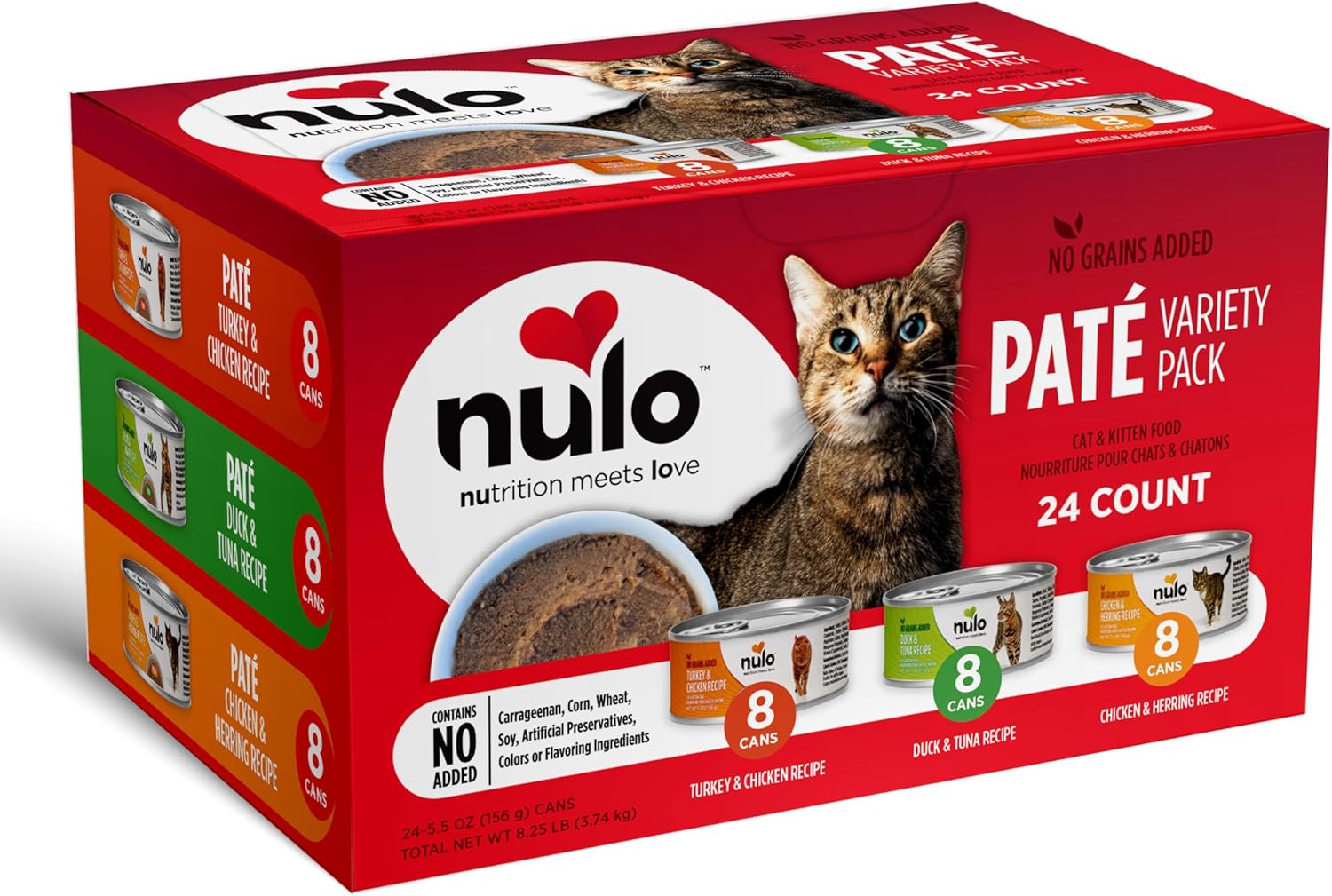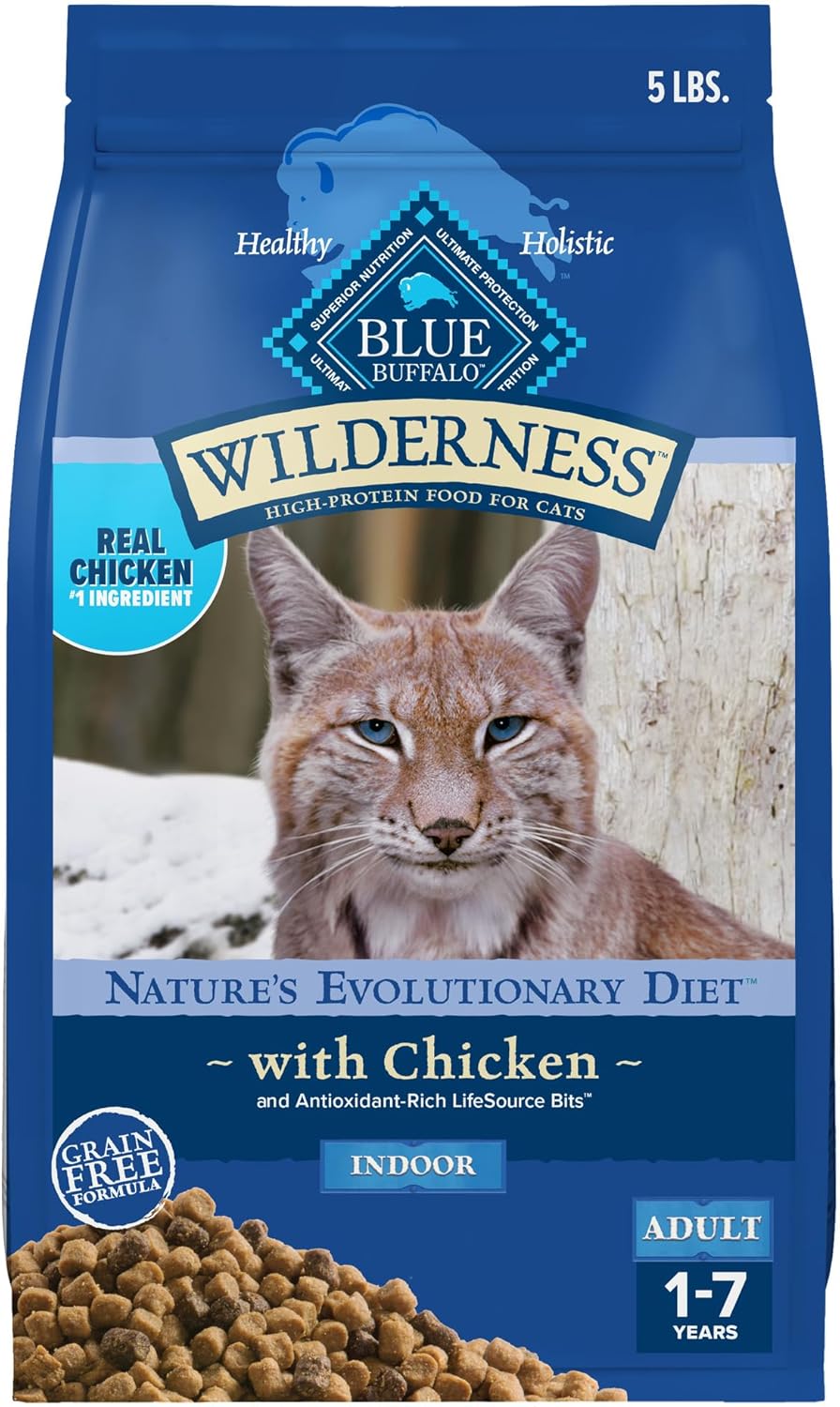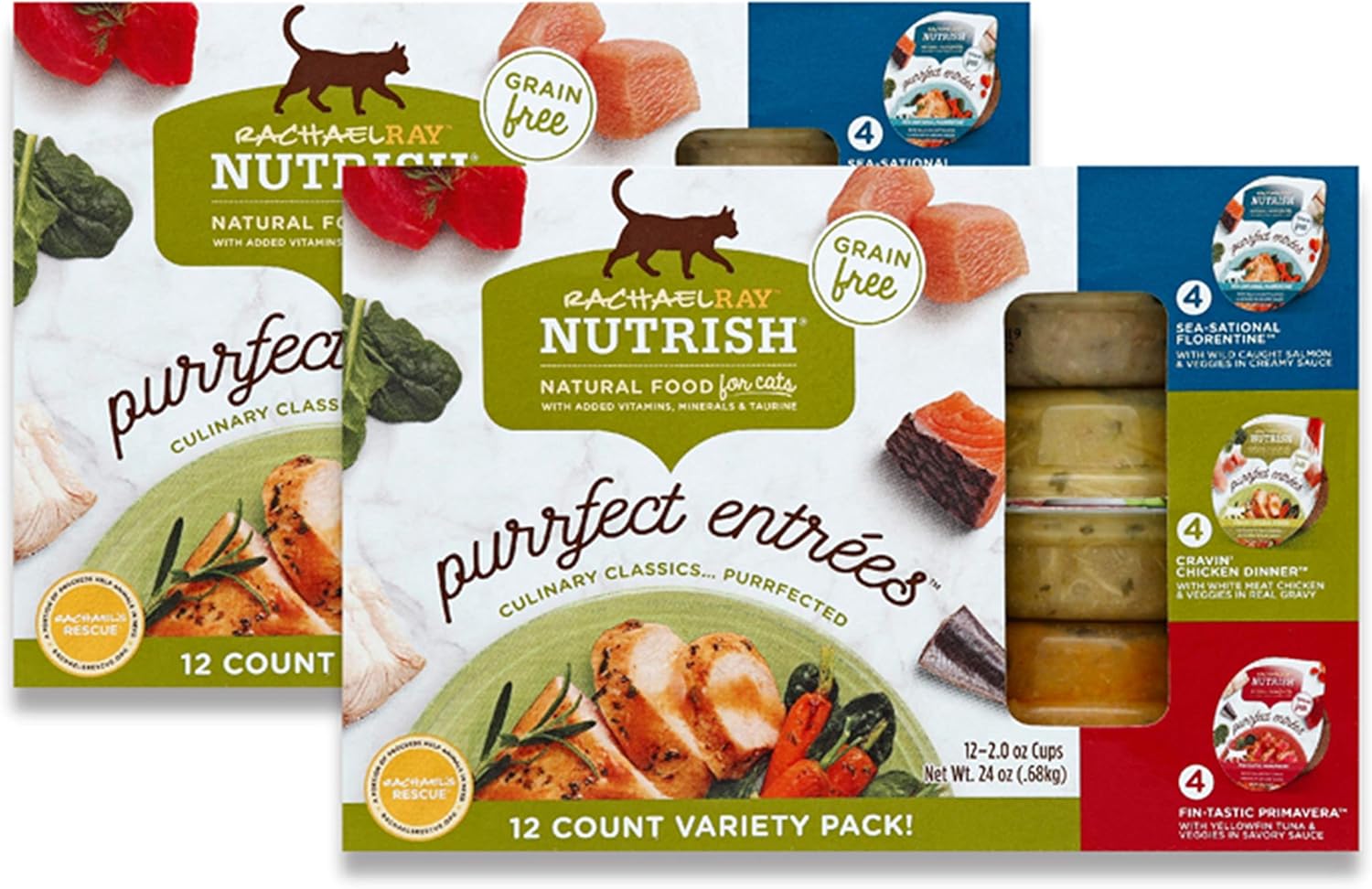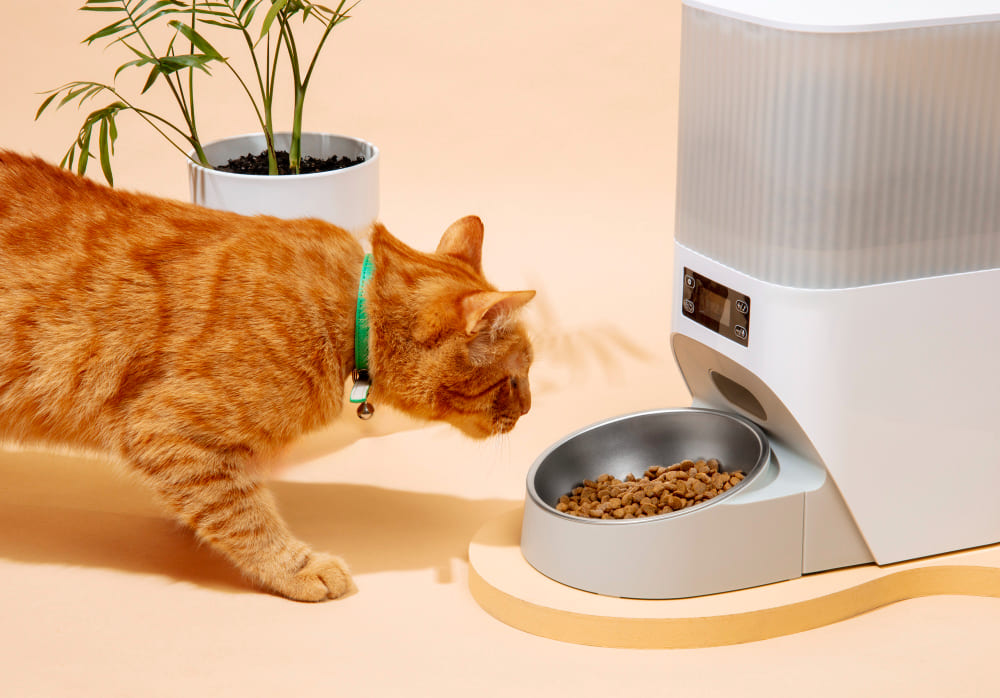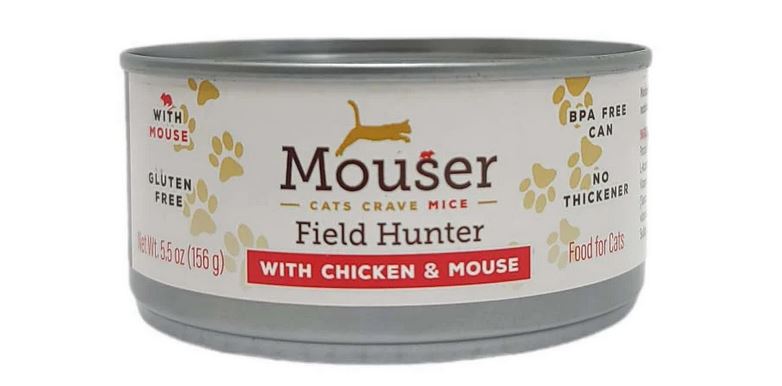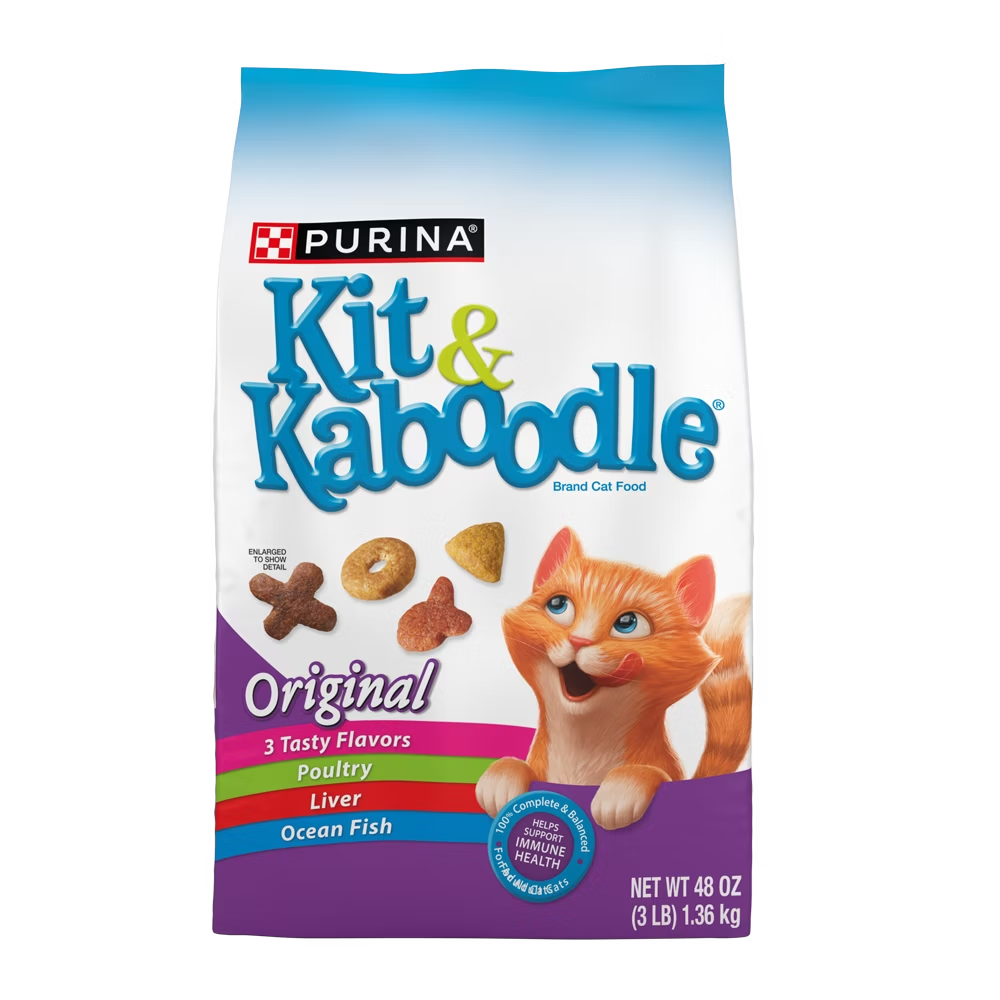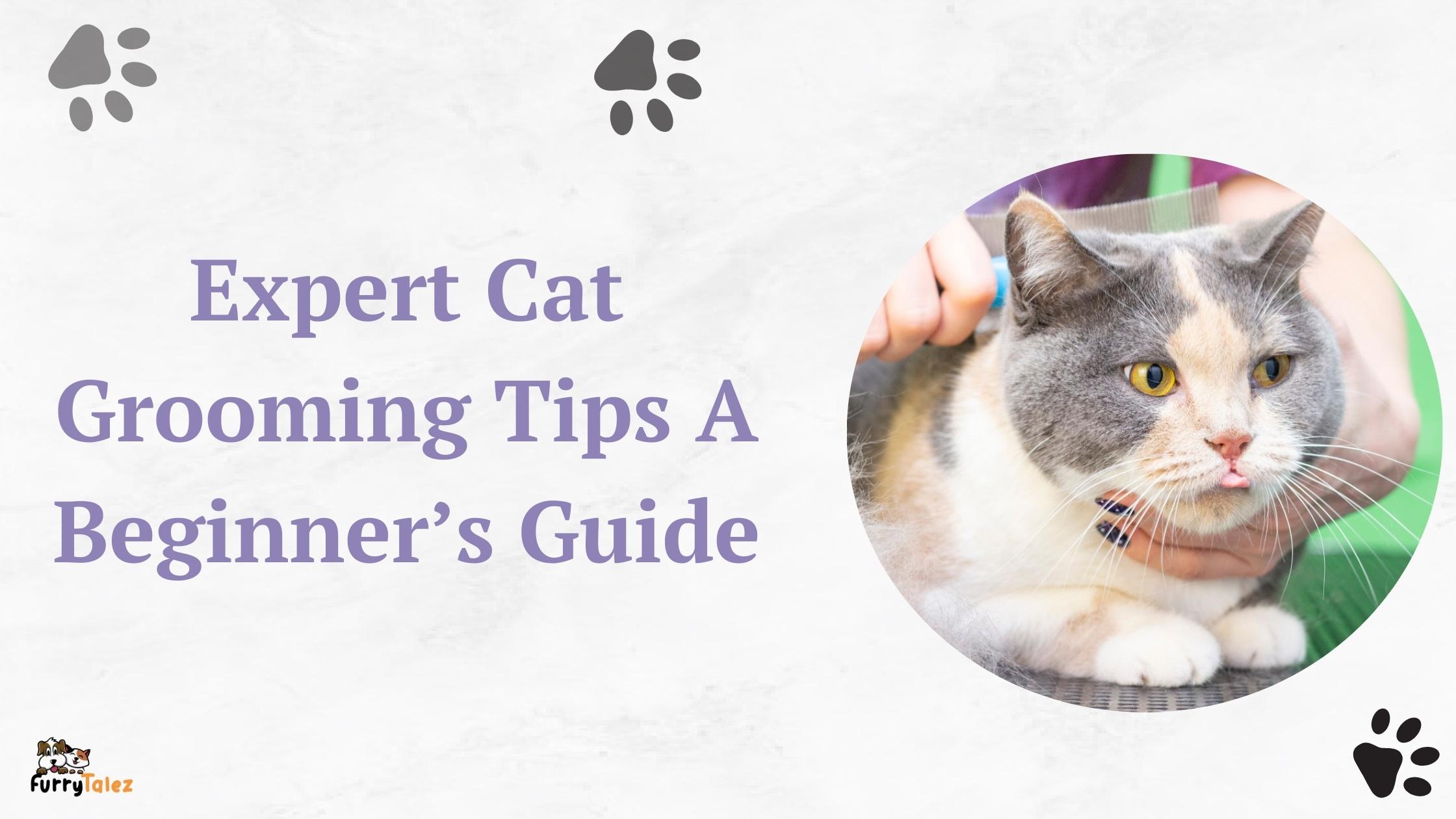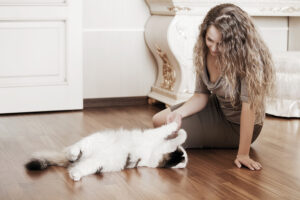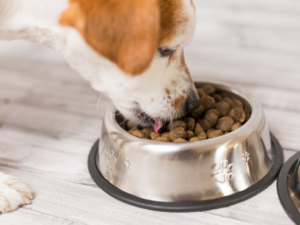Did you know a good dog house can really boost your pet’s life quality? It can even prevent health problems. Over 70% of American pet owners think a good shelter is key for their dog’s happiness.
There are many choices, from cozy indoor houses to heated ones for cold places. Finding the right one is important for your dog’s comfort and safety. This guide will help you pick the best dog house for your pet, considering their needs and the different styles out there, like the Snoopy dog house.
Whether you need an insulated house for winter or a light plastic one for moving, we’ve got you covered. Let’s explore what makes a dog house more than just a shelter—it’s a real home for your pet.
Table of Contents
Why a Dog House is Essential for Your Pet
A dog house is a vital shelter for pets, keeping them safe and healthy outside. These shelters protect pets from bad weather and give them a secure place to hide. They help reduce stress and make pets feel safe and cozy.
In extreme weather, a good dog house is even more important. Insulated dog houses keep pets warm in winter, while air-conditioned ones prevent heatstroke in summer. It’s key to watch your pet’s health in these seasons, as heat can be dangerous.
Choosing the right material for your dog house is also important. Composite plastics are durable and less likely to be chewed on than wood. Think about your dog’s needs, like their breed and any allergies, to find the best house for them.
Here are some key benefits of having a dog house:
- Protection from harsh weather conditions
- A safe haven for anxious or fearful dogs
- A defined space for rest and relaxation
- Aiding in maintaining hygiene by keeping pets dry
Getting a quality dog house is a big step for any pet owner. Rockstar Puppy Boutique in Pennsylvania has many customizable options. They meet the needs of pet owners all over the United States.
Choosing the Right Dog House: Key Considerations
When picking a dog house, several factors are key for your pet’s comfort and safety. The main things to think about are size, material, and how well it fits the climate.
Knowing your dog’s size is crucial for picking the right dog house. A good fit lets your pet move easily. Measure your dog’s length and height to make sure they have enough room to stand, turn, and lie down. Choose a house that’s a bit bigger to keep drafts out.
- Materials:
- Wood is a favorite for its strength and keeping warm. But, it needs regular care because pests might be attracted to it.
- Plastic houses are clean and easy to keep up, but they’re not as strong against big impacts.
- Metal houses are light and easy to move, perfect for people who travel a lot or move often.
- Climate Suitability:
- Pitched roofs help keep warm air in during cold weather. Single panel roofs help keep it in too.
- A raised floor keeps the house dry by stopping water from getting in.
- Portability:
- Wire crates or dog carriers are great for travel. They’re easy to fold up and let in lots of air, making them good for home or on the go.
| Material | Pros | Cons |
|---|---|---|
| Wood | Sturdy, good insulation, looks nice | Attracts pests, needs upkeep |
| Plastic | Odor-free, easy to clean, light | May break if hit hard |
| Metal | Durable, stands up to weather, easy to move | Not as warm as other materials |
To make your dog’s home the best, add things like insulation, customizable roofs, and fun accessories. These tips will make your dog’s new place cozy and safe, making them happy and comfortable.
Understanding Dog House Sizes
Choosing the right dog house size is key for your pet’s comfort. Start by measuring your dog correctly. This means more than just knowing their height or weight. You need to know specific dimensions that affect their comfort.
Measuring Your Dog for the Perfect Fit
When measuring your dog, use the A-B-C method. Measure the following:
- A: From the ground to the top of the dog’s head, giving you the height measurement.
- B: The total length of your dog from the tip of the nose to the base of the tail.
- C: The width of your dog at its widest point between the front shoulders.
For example, if the “A” measurement is 10 inches, the door height opening should match at 13 inches. Make sure the door opening height is at least 75% of your dog’s shoulder height. The door diameter usually ranges from 8 inches to 10 inches.
Is Bigger Always Better?
Many think bigger dog houses are always better. But, bigger houses might not keep warm in cold weather. In very cold areas, choose a house that’s at most 50% larger than your dog’s size, unless it has an electric heater. In milder climates, bigger houses are okay since extra space doesn’t hurt comfort.
Proportions That Matter for Comfort
It’s important to get the proportions right for comfort. The interior width and depth should match your dog’s length. The height should be close to the dog’s head height, maybe up to 50% taller for warmth in cold weather. Make sure extra space doesn’t make your dog uncomfortable in cold months.
By considering these measurements and factors, your pet will have a safe, comfy, and pleasant place. It will be tailored to their specific needs.
Material Matters: Which is Best for Your Dog House?
Choosing the right materials for a dog house is key for your pet’s comfort and the house’s life span. Wooden and plastic dog houses are popular choices. Each has its own benefits and drawbacks, making the choice important for pet owners.
Wooden Dog Houses: Pros and Cons
Many pet owners love wooden dog houses for their durability and good looks. They keep pets warm in cold weather. Plus, fixing them is often simpler than plastic houses. But, untreated wood can rot and attract pests if not cared for.
- Pros: Durable, visually appealing, natural insulation, easy repairs
- Cons: Prone to rot if untreated, heavier than plastic
Plastic Dog Houses: Pros and Cons
Plastic dog houses have unique features. They’re light and easy to move, perfect for different places. They also resist bad weather well. But, they might not keep pets as warm as wooden houses, especially in very cold or hot weather.
- Pros: Lightweight, portable, easy to clean, weather-resistant
- Cons: Limited insulation, typically available in one shape (e.g., igloo)
Comparing Durability and Comfort Between Materials
When picking a dog house, think about how long it lasts and how comfy it is. Wooden houses can last a long time with the right care. They offer a cozy spot for your pet. Plastic houses, like the Petmate Indigo, are built to withstand harsh weather. Their igloo shape helps keep your dog comfy all year.
Your choice should match your home and your dog’s needs. It’s all about finding the best fit for your furry friend.
| Feature | Wooden Dog House | Plastic Dog House |
|---|---|---|
| Durability | High (with maintenance) | Moderate to High (weather-resistant) |
| Insulation | Excellent (natural) | Poor to Moderate |
| Weight | Heavy | Lightweight |
| Maintenance | Requires regular treatment | Easy to clean |
Heated Dog House Options for Colder Climates
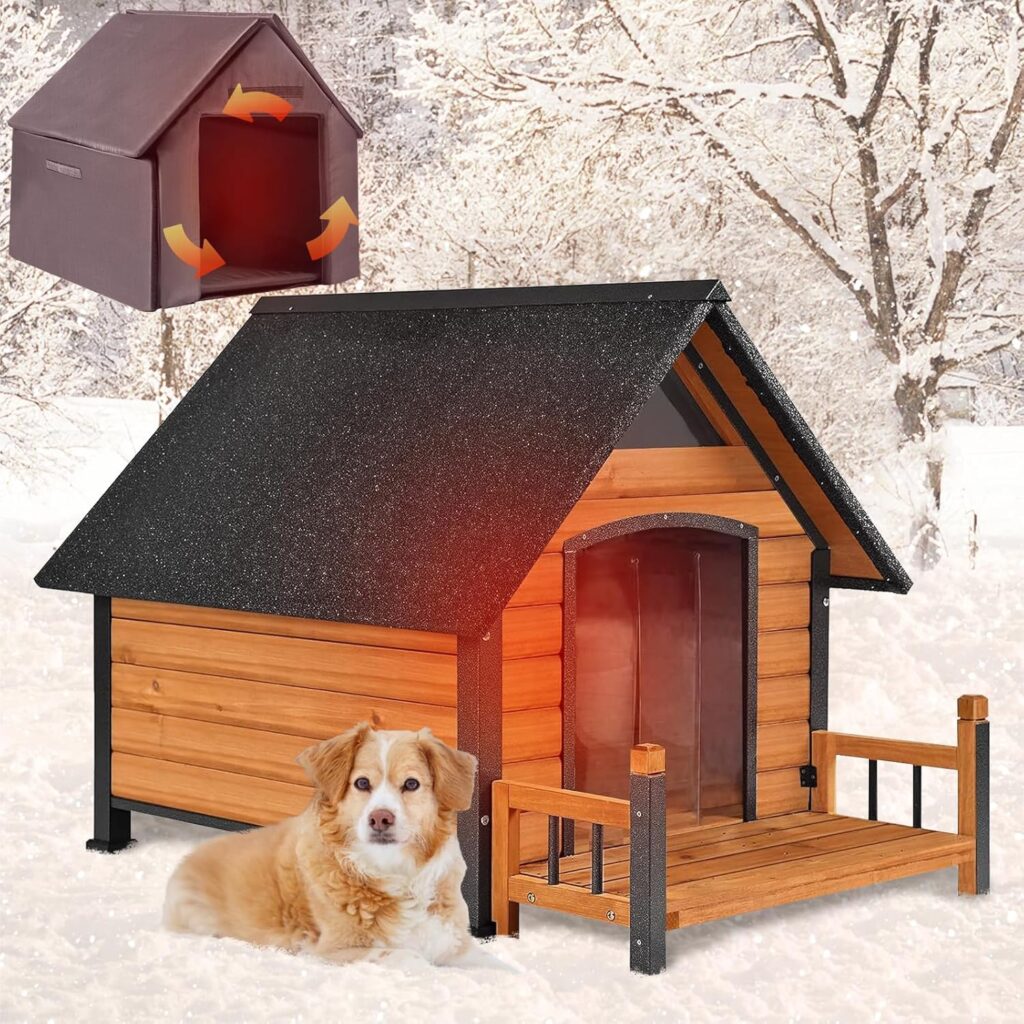
When winter hits, keeping your dog warm and cozy is key. A heated dog house is a great way to protect your pet from the cold. Knowing what to look for in a heated dog house helps you choose the right one.
Benefits of a Heated Dog House
A heated dog house has many benefits:
- Keeps dogs warm and comfortable during cold weather.
- Protects against harsh weather conditions like snow and rain.
- Helps alleviate discomfort for dogs with arthritis through soothing warmth.
- Ideal for outdoor dogs, providing essential heat in freezing climates.
- Considered energy-efficient, ensuring minimal electricity consumption.
- Offers peace of mind for pet owners, knowing their dog remains safe.
Choosing a Reliable Dog House Heater
Choosing the right dog house heater is key for your pet’s safety and comfort. Important factors to consider include:
- Size: Ensure that the heated dog house is at least 25% larger than your dog for adequate movement.
- Insulation: Opt for insulated models with thick walls to protect against extreme winter conditions.
- Material: Choose high-quality materials that can withstand harsh weather.
- Safety Features: Look for heaters that have safeguards against electrical malfunctions and chewing.
- Portability: Investigate if the heated dog house can be easily moved, especially for seasonal use.
- Ease of Cleaning: A practical design allows for regular maintenance, ensuring hygiene in the dog house.
- Cost: Consider your budget while also accounting for the value of features provided.
For the best results, keep the heated dog house at a comfortable temperature. Aim for 69 to 73 degrees Fahrenheit. Adding heated dog beds or doggy sweaters can offer extra warmth. These steps help keep your dog happy and healthy all winter.
Insulated Dog Houses: Keeping Your Pet Comfortable Year-Round
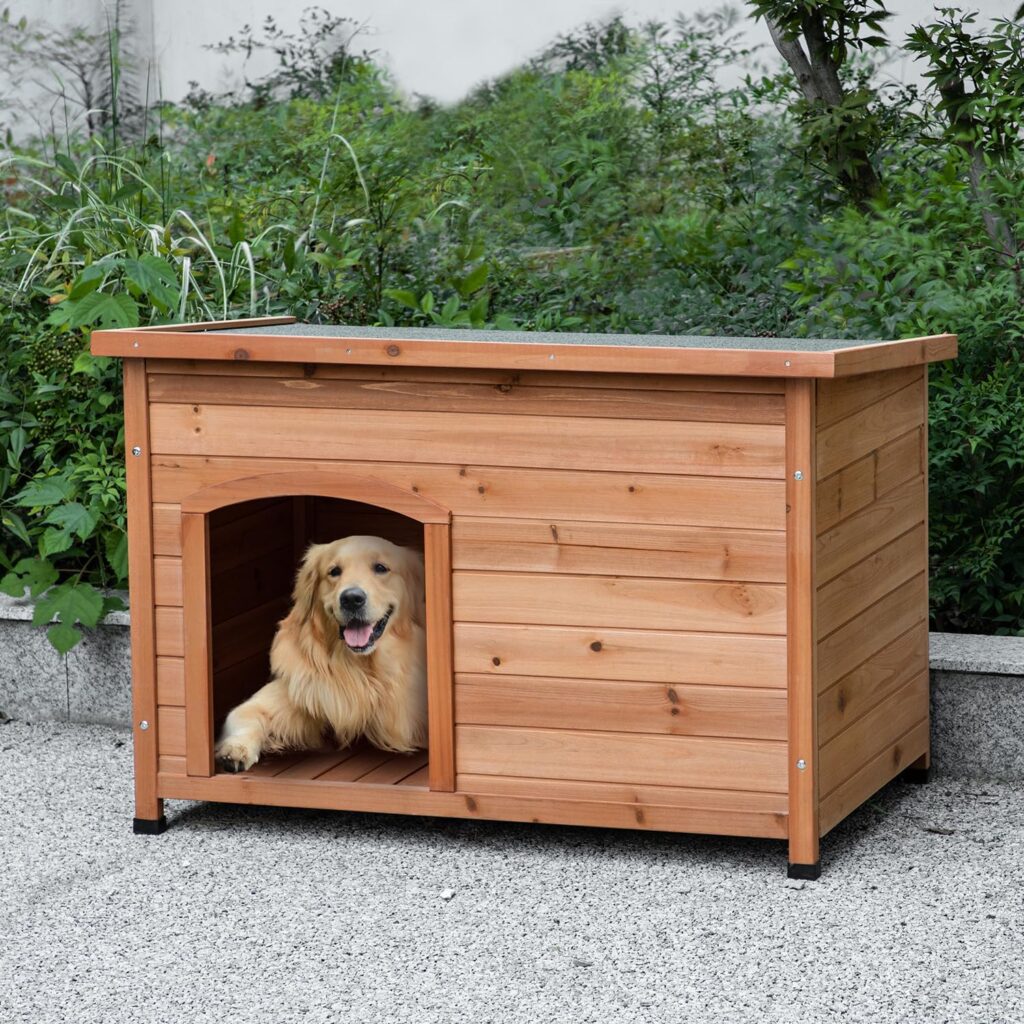
An insulated dog house is key for your pet’s comfort all year. These houses keep your dog safe from extreme weather. They keep cool in summer and warm in winter.
Knowing how they work can really help your dog’s happiness.
What Makes a Dog House Insulated?
Insulated dog houses use special materials like foam. These materials block out temperature changes. This keeps the inside cozy, no matter the weather outside.
Some houses even have heating for cold months and vents for hot days.
Signs Your Dog Needs an Insulated House
There are signs your dog might need a new house. Look for:
- Reluctance to enter its current shelter, especially during inclement weather.
- Visible discomfort or anxiety when temperatures drop or rise significantly.
- Seeking warmer spots in winter or cooler areas in summer.
- Increased barking or restlessness during extreme weather conditions.
Getting an insulated dog house can make your dog much happier. It also helps avoid health problems from bad weather.
Indoor Dog House Alternatives for Cozy Living Spaces
Making your home pet-friendly can make it better for both you and your pet. Indoor dog houses are great for dogs to relax and feel safe. When picking an indoor dog house, look for features that make it cozy.
Features to Look For in an Indoor Dog House
Here are key features to consider for an indoor dog house:
- Ventilation: Good airflow keeps the space fresh and comfy.
- Comfortable Bedding: Soft bedding makes the space cozier.
- Ease of Cleaning: Choose materials that are easy to clean.
- Non-Toxic Materials: Make sure the materials are safe for dogs.
- Integrative Design: Pick designs that fit well with your decor.
Design Ideas for Indoor Dog Houses
There are many creative ways to make indoor dog houses look good and feel cozy:
- DIY dog teepees with colorful fabrics add a fun touch.
- Rattan dog houses bring natural beauty to your space.
- Indoor dog tents are cozy hideaways for small dogs.
- Furniture-style crates look like cabinets or benches.
- Split-level designs are great for dogs that like to lounge up high.
- Repurposed furniture, like a cabinet turned dog house, is unique.
- Arched doors or personalized entrances add character.
- Unique shapes, like a Hobbit hole, spark imagination.
- Running water features add convenience.
- Modern farmhouse-style dog houses fit well in kitchens.
| Design Idea | Materials | Size | Price Range |
|---|---|---|---|
| DIY Dog Teepee | Fabric, Wood Poles | Small to Medium | $30 – $70 |
| Rattan Dog House | Rattan, Cushions | Medium to Large | $100 – $200 |
| Furniture-Style Crate | Wood, Metal | Variable | $150 – $400 |
| Indoor Dog Tent | Fabric, Plastic Poles | Small | $40 – $90 |
| Modern Farmhouse Design | Wood, Upholstery | Medium to Large | $200 – $500 |
There are many indoor dog house options. Pet owners can create cozy spaces that are both functional and stylish. This supports a lively home environment for pets and their families.
Cool Options: Air Conditioned Dog Houses
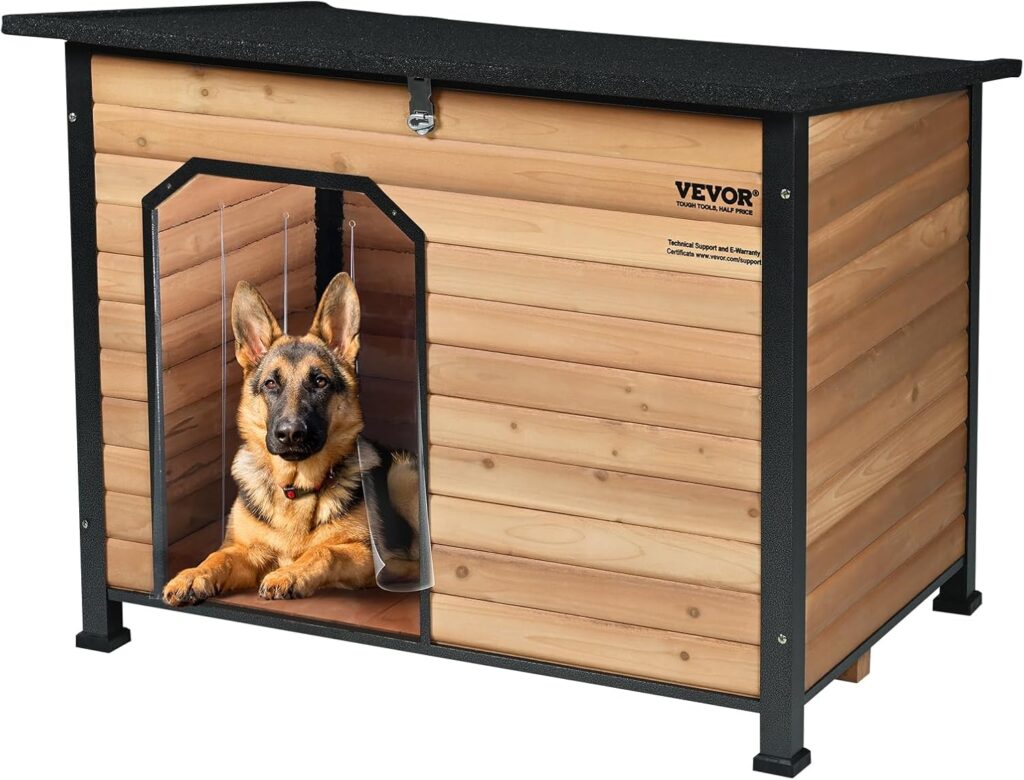
As summer gets hotter, keeping your pet cool is crucial. An air conditioned dog house turns your pet’s space into a cool retreat. These houses keep the air nice and cool, cutting down on heat-related health problems. There are many cooling options for dog houses, so you can find the perfect one for your pet.
Benefits of an Air Conditioned Dog House
One big plus of an air conditioned dog house is it keeps your pet cool all summer. Since 1990, Blythe Wood Works has made air-conditioned dog houses. They use a 5,200 BTU ENERGY STAR unit to cool down fast, in just 3 to 5 minutes. These houses also come with insulation and special doors to keep the cool air in.
Best Practices for Keeping Dog Houses Cool
To get the most out of an air conditioned dog house, follow these tips:
- Choose an insulated dog house to keep cool air in.
- Pick the right size air conditioned dog house to save energy.
- Keep up with regular maintenance to make sure the cooling works well.
- Look into evaporative cooling for a cheaper option.
- Use a portable air-conditioned dog house for small dogs or puppies, for easy comfort.
| Feature | Benefits | Considerations |
|---|---|---|
| Energy Efficiency | Lower utility costs and environmental impact | Requires proper insulation and materials |
| Custom Built | Tailored to specific preferences and needs | Higher cost compared to standard models |
| Maintenance | Ensures safety and functionality | Regular checks required for optimal performance |
Choosing Between Portable and Permanent Dog Houses
When picking a home for your pet, knowing the difference between portable and permanent dog houses is key. Each type meets different needs and lifestyles. The right choice means your dog will be comfortable and safe.
Benefits of Portable Dog Houses
Portable dog houses are great for those who travel a lot or need a quick shelter. They’re light and easy to move around. Plus, they’re affordable, costing between $30 and $50. They’re perfect for:
- Traveling with your dog
- Creating a temporary shelter
- Housetraining or keeping dogs away from small children
- Flexibility in location, suitable for indoor or outdoor use
Though portable options are handy, they might not last as long as permanent ones.
When to Invest in a Permanent Dog House
A permanent dog house is a big investment for long-term needs. It’s a sturdy choice for a safe, comfy home for your dog. These houses, costing hundreds to thousands of dollars, are best for:
- Providing shelter during the day while owners are away
- Accommodating larger breeds that require more space
- Ensuring durability against various weather conditions
- Serving as a long-term solution for outdoor living
Choosing a quality permanent dog house shows you care about your dog’s comfort and safety. It keeps them happy and healthy.
| Type of Dog House | Cost Range | Best Use | Durability |
|---|---|---|---|
| Portable Dog House | $30 – $50 | Travel, temporary shelter | Less durable |
| Permanent Dog House | Hundreds to thousands | Long-term outdoor housing | Highly durable |
Knowing the perks of both portable and permanent dog houses helps you choose wisely. Pick what’s best for your pet and your lifestyle. This way, your furry friend will love their home.
The Snoopy Dog House: A Classic Design
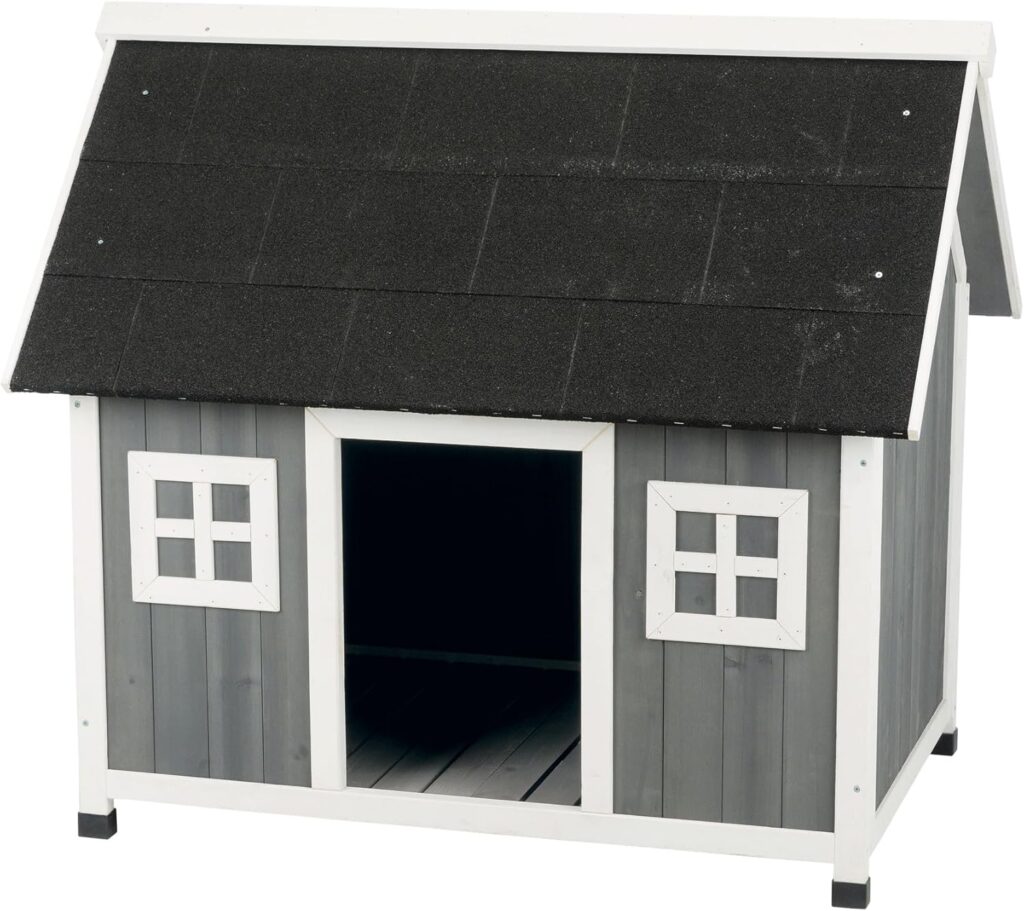
The Snoopy dog house is a timeless favorite among pet owners. Its endearing design and nostalgic appeal win hearts. It’s often seen as one of the most popular dog house designs. This charming structure adds character to any backyard and provides a cozy refuge for your furry friend.
Why the Snoopy Design is So Popular
The Snoopy dog house stands out with its whimsical appearance, reminding us of childhood comic strips. Its unique architecture and vibrant colors make it a standout in outdoor spaces. Plus, its association with beloved characters adds a sentimental touch, making it perfect for families.
The mix of nostalgia and charm makes this design more than just functional. It’s a special addition to any home.
Customization Options for Your Snoopy Dog House
Customization options for your Snoopy dog house are endless, allowing you to make it your own. You can choose from various colors or adjust the size to fit different breeds. These custom dog houses can match your backyard’s style, making them both functional and stylish.
Preventing Weather Damage: Essential Features
Choosing a weatherproof dog house is key to keeping your pet comfortable and safe. Features like raised floors and slanted roofs help a lot. They make the dog house last longer and work better for your pet.
The Importance of Raised Floors
A raised dog house keeps it dry by staying above the ground. This stops rain or snow from getting in. It also lets air move around, keeping the house dry and healthy for your pet.
Many pet owners, about two-thirds, raise their dog houses to avoid water damage. This shows how well raised floors work.
Benefits of Slanted Roofs
Slanted roofs do more than look good. They help keep the dog house dry by pushing rain and snow away. This design stops water from pooling and wearing down the roof.
About 60% of dog houses have roofs made to keep water out. This shows how important it is to have a roof that can handle the weather.
Making Your Dog’s House More Comfortable
Improving a dog’s house is more than just a shelter. It’s about creating a cozy sanctuary. Choose quality bedding and accessories to make it a place your pet will love.
Choosing the Right Bedding Materials
Choosing the right bedding is key for your dog’s comfort. Foam mattresses, cedar chips, or cushioned pads are great. They support your pet and keep them cool or warm. Here are some top picks:
- Foam: Offers comfortable dog accommodations with good insulation.
- Cedar chips: Natural scent that deters pests.
- Blankets: Easily washable and provides warmth.
Adding Accessories for Enrichment
To make a dog house inviting, add various accessories. Toys, food and water dishes, and even a TV can make it fun. These items encourage dogs to explore and feel at home.
- Toys: Chew toys and balls keep dogs entertained.
- Food and water dishes: Should be easily accessible to encourage dogs to spend time inside.
- Decorative elements: Personalizing the dog house with murals or painting can make it feel more like home.
| Accessory | Purpose | Estimated Cost |
|---|---|---|
| Dog House Bedding | Comfort and insulation | $30 – $70 |
| TV Setup | Entertainment | $150 – $250 |
| Rooftop Garden | Enhances aesthetics | $200 – $250 |
Investing in the right bedding and accessories makes a dog’s house a place they’ll love. It promotes happiness and health. Your furry friend will feel right at home.
Note: There might be affiliate links mentioned here. We may receive a commission if you purchase a product through an affiliate link. There is no additional charge for you. Please do your own research before making any online purchases.
Top Dog House Brands to Consider
Looking for quality dog houses? Check out top brands for the best choices. These brands are known for their durability, easy designs, and happy customers. Let’s explore some top brands and their options.
Reviewing Quality and Customer Feedback
Petmate has a range of dog houses, like the Aspen Pet Barnhome III in four sizes. People love its strong build and practical design. YITAHOME’s Eilio dog house is admired for its stylish look and solid construction. The Petsfit Wooden Dog House is a hit for its three sizes, fitting all breeds.
Comparing Prices and Features Across Brands
Dog house prices vary a lot, depending on features and brand. Budget-friendly options like the PawHut Wicker Dog House cost around $100. For those who want luxury, the Rockstar Dog House is over $50,000. Here’s a look at some popular dog houses, showing their sizes and weights:
| Brand | Model | Dimensions (L x W x H) | Weight | Price Range |
|---|---|---|---|---|
| Petsfit | Wooden Dog House | 33.5 x 22.5 x 23 in (Small), 41 x 26 x 27.5 in (Medium), 45.5 x 31 x 32 in (Large) | 32.2 lbs (Small), 46.3 lbs (Medium), 55 lbs (Large) | Check price |
| Petmate | Aspen Pet Barnhome III | 26.5 x 18 x 16.5 in (X-Small) to 38 x 29 x 30 in (Large) | Varies by size | Check price |
| YITAHOME | Eilio | 21.74 x 33.59 x 25.28 in (Small) to 28.55 x 45.32 x 32.88 in (Large) | Varies by size | Check price |
| PawHut | Wicker Dog House | 27.25 x 38.5 x 28.75 in | 19.8 lbs | Check price |
| Rockstar Puppy | Bank Vault Dog House | Custom Dimensions | Custom Weight | Check price |
Looking at features and reviews helps find the right dog house. Quality dog houses are comfy and last a long time, making them a great investment for dog owners.
Note: There might be affiliate links mentioned here. We may receive a commission if you purchase a product through an affiliate link. There is no additional charge for you. Please do your own research before making any online purchases.
How to Clean and Maintain Your Dog House
Keeping your dog’s house clean is key for their health. Regular cleaning and upkeep make a safe and happy space for your pet. Here’s how to clean the dog house and keep it hygienic.
Steps for Easy Cleaning
- Remove Bedding: Start by taking out any bedding, blankets, and toys from the dog house. Shake them out to remove loose debris.
- Clean Surfaces: Use a pet-safe cleaner to scrub down all surfaces inside the dog house. Pay special attention to corners and crevices where dirt and germs might collect.
- Disinfect: To properly disinfect, dilute bleach in a ratio of 1:32 (1 part bleach to 32 parts water). Apply this solution to surfaces and allow it to sit for the recommended dwell time for maximum effectiveness.
- Rinse and Dry: Rinse thoroughly with clean water to remove any bleach residues. Allow the dog house to air dry completely in sunlight, as exposure to UV rays can help kill additional germs.
- Check Accessories: Clean water bowls, food dishes, and toys regularly with warm soapy water to eliminate bacteria. Replace bedding as needed to maintain a hygienic environment.
Best Practices for Regular Maintenance
- Inspect for Damage: Routinely check for any signs of wear or damage, especially following bad weather. Look for leaks or structural issues that could affect your dog’s comfort and safety.
- Upgrade Annually: Consider upgrading elements in the dog house each year to enhance safety. Improvements may include insulation, new bedding, or enhanced ventilation.
- Consult Experts: Engage with veterinarians for insights on the required conditions for your dog’s living space. Their expertise can help you maintain optimal hygiene and comfort.
- Protect in Cold Weather: In colder areas, provide warm bedding and elevate beds to keep them dry. Heated water bowls can prevent freezing, ensuring your dog has a comfortable living space during winter.
- Stay Consistent: Establish a cleaning schedule to ensure that maintaining hygiene and cleanliness becomes a routine practice, preventing buildup of dirt and germs.
Cost Factors: How Much Should You Expect to Spend?
Knowing the dog house costs is key for pet owners. It affects the type and materials of the house you choose. Budgeting well means looking at the initial cost and future expenses.
Budgeting for Your Dog House Project
When budgeting for a dog house, look at different price ranges. Budget dog houses might be cheaper upfront, but think about long-term durability and comfort. Costs depend on:
- Size of the dog house
- Materials used (wood, plastic, insulated options)
- Additional features like ventilation or raised floors
Having a realistic budget means you can afford the house now and future costs like repairs.
Trade-offs Between Cost and Quality
When deciding between cost versus quality, find a balance for your dog and budget. Consider these points:
- More expensive houses are often made with better materials, lasting longer.
- Lower-cost houses might not protect against bad weather, harming your pet.
- Check reviews and feedback to see how the house really works.
In short, looking at dog house costs and benefits of materials and features is smart. It ensures your pet is comfortable without spending too much. Making good choices now means long-term happiness for you and your pet.
DIY Dog House Ideas for Creative Owners
Building a dog house is a fun project for those who love DIY. You can make a cozy, personalized space for your dog. Many dog houses can be built for under $100, making it a budget-friendly option.
Basic Tools and Materials You’ll Need
Before starting your DIY dog house project, gather the essential tools and materials. Here’s a list to help you get started:
- Saw
- Hammer
- Nails
- Screws
- Wood glue
- Varnish or paint
- Sandpaper
- Measuring tape
- Paintbrushes
- Hinges and clasps (for doors)
You can use various materials in the construction process, such as plywood, pallets, cedar shingles, and 2x4s. Projects can take from half a day to a few days, depending on the complexity of the design.
Tips for Designing Your Custom Dog House
When designing your dog house, think about both looks and function. Here are some tips to guide your design:
- Make sure the design fits your dog’s size. Plans are available for small, medium, and large breeds.
- Add features like decks, toy boxes, and areas for food or water for convenience.
- Try out unique designs, like mobile or ranch-style, for a cool look.
- Use insulated materials in cold climates to keep your dog warm.
- Make it your own with crooked designs or unique shapes.
Some dog house plans come with blueprints, material lists, and step-by-step guides. Check if any plans need you to sign up for a newsletter for full details. With so many DIY dog house options, you can add a personal touch to both indoor and outdoor spaces.
Local Regulations and HOA Rules for Dog Houses
Knowing local rules and HOA dog house rules is key for pet owners. It ensures they follow the law and keep the community happy. With over 70 million dog-owning households in the U.S., clear rules help keep places safe and looking good.
Rules often cover the size, style, and placement of dog houses. This helps avoid arguments. Homeowners Associations (HOAs) might ask pet owners to register their pets. This helps keep track of who has a dog and who doesn’t.
Many HOAs also have rules about cleaning up after pets in shared spaces. Not following these rules can lead to fines. Some HOAs even limit how many pets you can have, what breeds are allowed, or how heavy your dog can be.
It’s important for HOAs to share their pet policies with new homeowners. Being open about these rules can make everyone more likely to follow them. Knowing the rules about dog houses helps make a safe and welcoming place for everyone.
Disclaimer: The information provided in this article is for educational purposes only and should not be considered as a substitute for medical advice. Consult a registered Veterinary practitioner before using or trying any product suggested here in this article.
FAQ
What is the best type of dog house for my pet?
The best dog house depends on your pet’s size, climate, and needs. For cold areas, a heated or insulated dog house is best. In warm places, an air-conditioned dog house is better. Make sure it’s the right size and made of good materials for comfort.
How do I choose the right size dog house?
Measure your dog’s height and width to find the right fit. The entrance should be about 75% of their shoulder height. The house should be big enough for movement but not too big.
What materials are best for dog houses?
Dog houses are made from wood or plastic. Wooden houses are warm and durable but can rot. Plastic houses are light and weather-resistant but may not keep warm. Think about what each material offers.
How can I ensure my dog house is comfortable in extreme weather?
For cold, choose a heated or insulated dog house. For hot, an air-conditioned house with good ventilation is key. This keeps your pet safe from extreme temperatures.
What features should I look for in an indoor dog house?
Indoor dog houses should be comfy and look good. Look for ventilation, cozy bedding, and easy-to-clean materials. A design that matches your home adds to the comfort.
Is a Snoopy dog house a good option?
Snoopy dog houses are loved for their cute look and nostalgic feel. You can customize them to fit your dog and yard. They’re both functional and stylish.
How can I maintain my dog house for longevity?
Keeping it clean is key for your pet’s health. Remove bedding and clean with pet-safe cleaners. Check for damage often. A well-kept dog house is safe and healthy for your pet.
What are the cost factors to consider when buying a dog house?
Prices depend on materials, size, and features. Think about the upfront cost and any future maintenance. Finding a balance between quality and cost is important.
Are DIY dog houses a good option?
DIY dog houses are great for creative owners. With the right tools and materials, you can make a custom house that fits your pet’s needs.
What should I know about local regulations regarding dog houses?
Knowing local rules about dog houses is important. These rules might cover size, style, and where you can put it. Make sure your dog house meets these standards.


